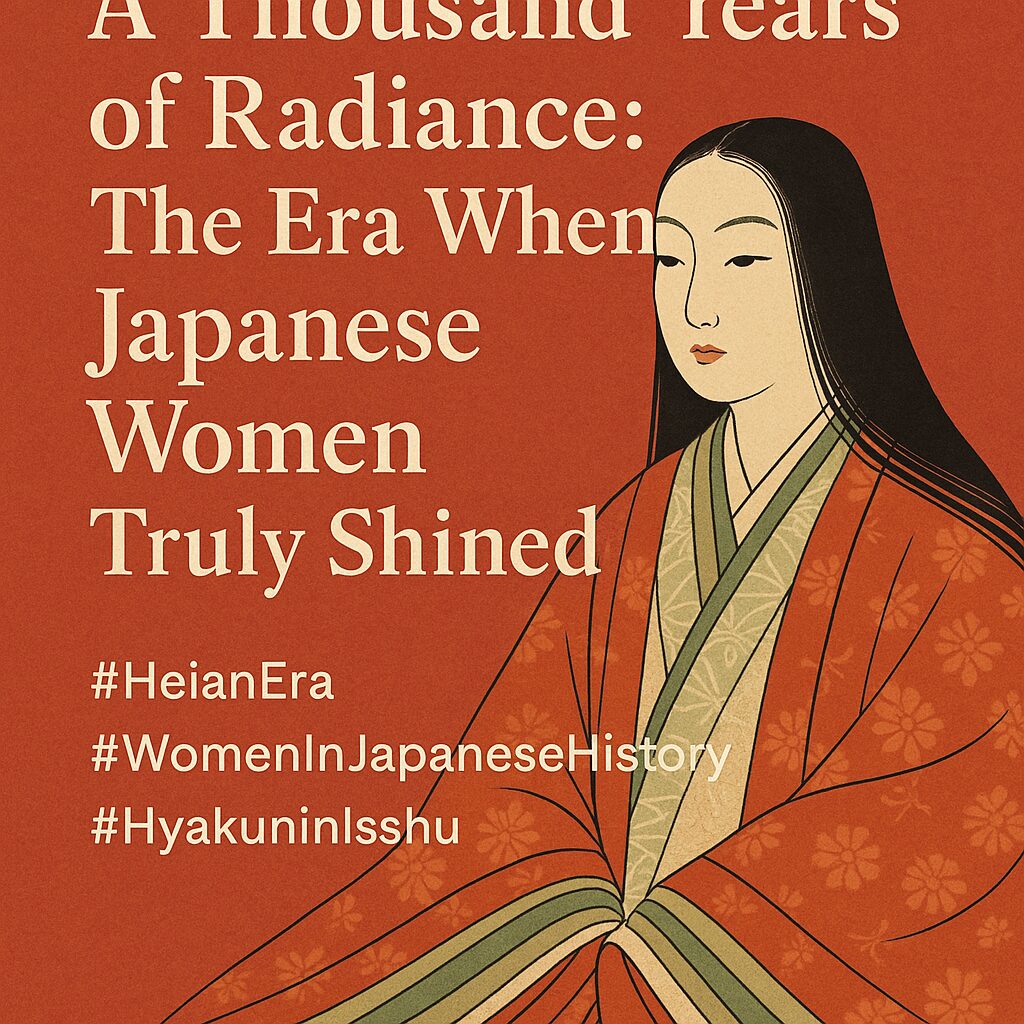When we speak of an era in which women truly shine, we must also acknowledge the absence of violence and coercion. Such peace is not merely an ideal—it was a reality carved out by our ancestors over a thousand years ago in Japan.
The Ogura Hyakunin Isshu, now beloved for its association with karuta and recently adapted into film, is more than a collection of poetic verses. Compiled in the late Heian to early Kamakura period by the noble poet Fujiwara no Teika, this anthology maps out the emotional landscape of Japan’s aristocratic and imperial history across five centuries—from Emperor Tenji in the 7th century to Emperor Juntoku in the 13th.
This post explores how poetry transcended romantic surface readings, revealing profound political, cultural, and spiritual messages beneath its refined simplicity. It shines a spotlight on Waka as a vessel of layered meaning—a cornerstone of Japan’s “culture of subtlety and sensibility” (sasshi no bunka). Much like the elusive expression of Ashura’s statue in Nara’s Kōfuku-ji, these poems invite readers not just to read, but to sense.
We’ll journey through the poetic contributions of aristocrats, warriors, and most strikingly, women—like Daini no Sanmi, daughter of Murasaki Shikibu. Her verse illustrates not only poetic brilliance but the empathy, wit, and confidence that defined many women of Heian Japan.
Ultimately, the Hyakunin Isshu is a lyrical chronicle of Japan’s peaceful governance, or shirasu tōchi, which ensured dignity and safety for all—allowing even ordinary citizens to travel unarmed, serve at the imperial palace, and thrive in a society where honor and harmony prevailed.



コメント